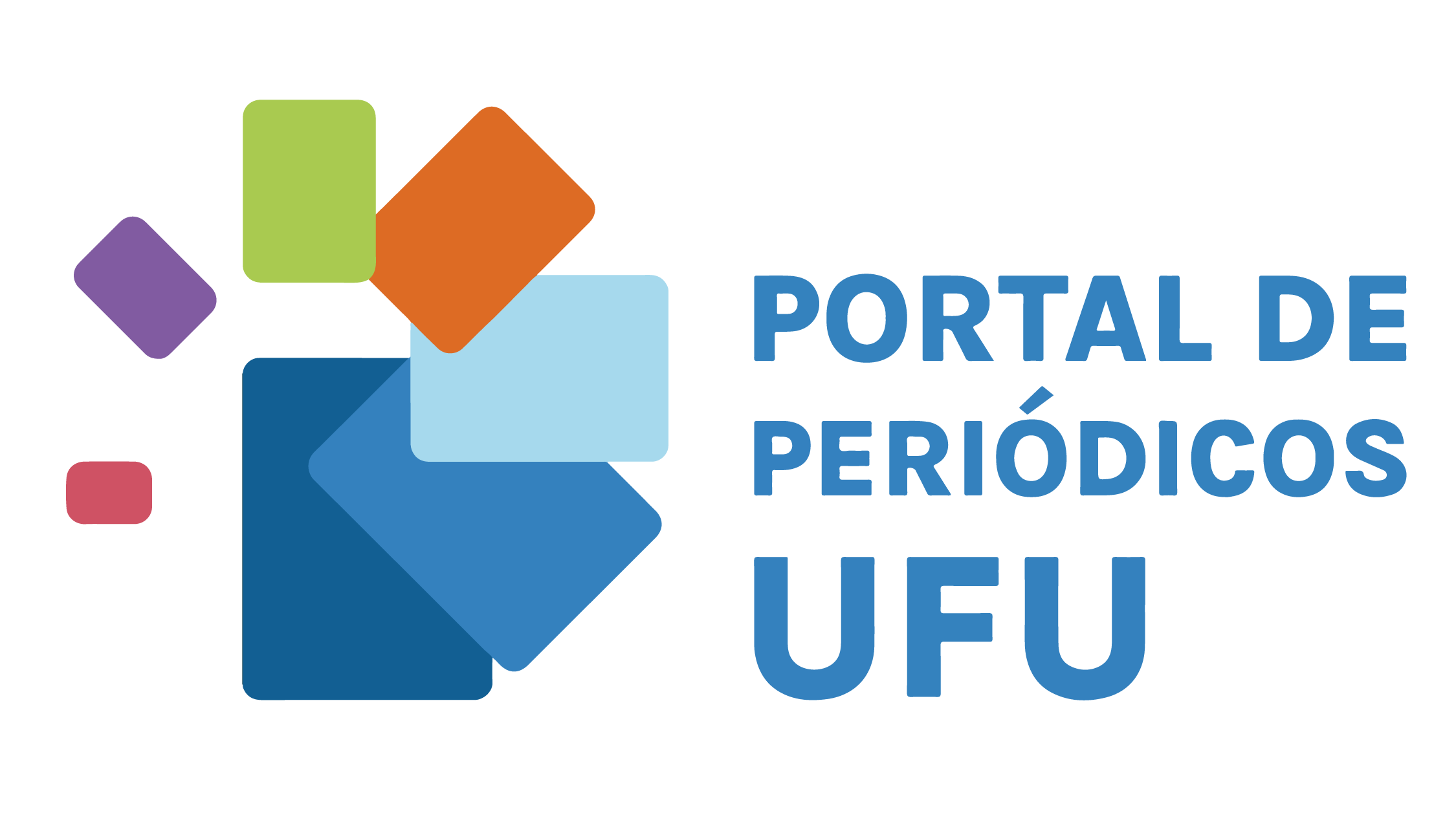Léxico e história
um olhar Toponímico sobre a região macroeconômica de Maringá
DOI:
https://doi.org/10.14393/DL33-v12n1a2018-24Palavras-chave:
Léxico, História, Toponímia, Região macroeconômica de MaringáResumo
O estudo do léxico de determinado grupo social mostra como este grupo vê aquilo que o cerca e a forma como isso o auxilia na sua rotina. Isso evidencia que o léxico possui o repertório cultural desse grupo, incluindo os lugares pelos quais passam esses indivíduos. Pelo estudo dos nomes próprios de lugares, ou seja, a Toponímia, depreende-se de como o homem agiu, e ainda age, sobre o meio em que vive, refletindo sua história e costumes nas denominações. Logo, este trabalho tem por objetivo investigar os topônimos referentes à região macroeconômica de Maringá, região esta que, no passado, já era vista como em potencial para o crescimento econômico. Para o embasamento teórico-metodológico relativo à Toponímia, recorreu-se, em especial, aos trabalhos de Dick (1990;1992;2006). Deseja-se, também, expor a importância das pesquisas Toponímicas, como disciplina atuante na retomada da história da sociedade e responsável pela preservação de fatos culturais em determinada área geográfica.Downloads
Referências
AGUILERA, V. de A. (org.). A Geolinguística no Brasil: trilhas, caminhos a percorrer. Londrina: Eduel, 2005.
BIDERMAN, M. T. C.. Dimensões da Palavra. Revista Filologia e Linguística Portuguesa. São Paulo, n. 2, p. 81-118, 1998.
______. Teoria Linguística (teoria lexical e linguística computacional). 2. ed. São Paulo: Martins Fontes, 2001.
DICK, M. V. de P. do A. A motivação Toponímica e a realidade brasileira. São Paulo: Edições Arquivo do Estado de São Paulo, 1990.
______. Toponímia e Antroponímia no Brasil. Coletânea de estudos. 3 ed. São Paulo: FFLCH/USP, 1992.
______. A estrutura do signo Toponímico. Separata de: Língua e literatura. São Paulo, n. 9, p. 297-293, 1980.
______. Fundamentos teóricos da Toponímia. Estudo de Caso: o Projeto ATEMIG – Atlas Toponímico do Estado de Minas Gerais (variante regional do Atlas Toponímico do Brasil). In: SEABRA, M. C. T. C. de (Org). O léxico em estudo. Belo Horizonte: Faculdade de Letras da UFMG, 2006, p. 91-117.
______. Métodos e questões metodológicas na Onomástica. Estudo de caso: o Atlas Toponímico do estado de São Paulo. Investigações Linguísticas e Teoria Literária. UFPE, Recife, v. 9, p. 119-148, 1999.
FERREIRA, J. C. V. Municípios paranaenses: origens e significados de seus nomes. Curitiba: Secretaria de Estado da Cultura, 2006.
ISQUERDO, M. A. N.; KRIEGER, M. da G. Apresentação. In: ______ (org.). Ciências do Léxico 2: Lexicologia, Lexicografia, Terminologia. Campo Grande: UFMS, 2004. v. 2.
OLIVEIRA, A. M. P. P. de; ISQUERDO, A. N. Apresentação. In: ______ (org.). As ciências do léxico: Lexicologia, Lexicografia, Terminologia. Campo Grande, MS: UFMS, 2001, p. 09-11.
RENAN, E. Origem da linguagem. [S.l.]: Progresso, 1950.
SAPIR, E. Linguística como ciência. Trad. Joaquim Mattoso Câmara Jr. Rio de Janeiro: Livraria Acadêmica, 1969.
SEABRA, M. C. T. C de. A formação e a fixação da língua portuguesa em Minas Gerais: a Toponímia da Região do Carmo. In: As ciências do léxico: Lexicologia, Lexicografia, Terminologia. Campo Grande, MS: UFMS, 2001, p. 93-103.
Downloads
Publicado
Edição
Seção
Licença
Autores que publicam nesta revista concordam com os seguintes termos da licença Creative Commons
CC BY-NC-ND 4.0: o artigo pode ser copiado e redistribuído em qualquer suporte ou formato; os créditos devem ser dados ao autor original e mudanças no texto devem ser indicadas; o artigo não pode ser usado para fins comerciais; caso o artigo seja remixado, transformado ou algo novo for criado a partir dele, o mesmo não pode ser distribuído.
Autores têm autorização para assumir contratos adicionais separadamente, para distribuição não-exclusiva da versão do trabalho publicada nesta revista (ex.: publicar em repositório institucional ou como capítulo de livro), com reconhecimento de autoria e publicação inicial nesta revista.









